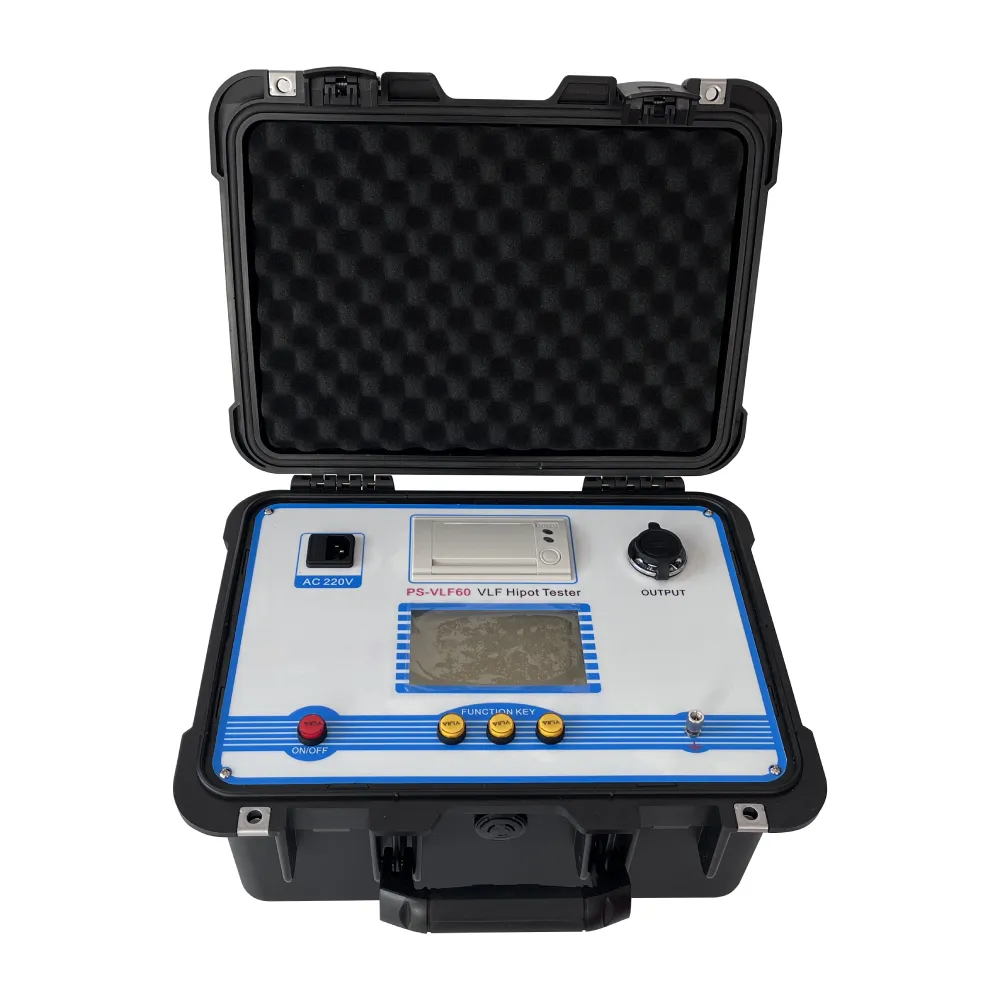 English
English


Insulation Power Factor Test
Understanding Insulation Power Factor Testing
Insulation power factor testing is a crucial procedure used to assess the condition and performance of electrical insulation systems in various equipment, including generators, transformers, and motors. This testing method provides valuable insights into the integrity of insulation materials, helping to ensure the reliability and safety of electrical systems.
The Importance of Insulation
Electrical insulation serves to protect conductive parts from unwanted electrical contact, thereby preventing short circuits and electrical failures. Over time, insulation can degrade due to environmental factors, electrical stress, and mechanical wear. The degradation can lead to increased power losses, reduced efficiency, and ultimately, catastrophic equipment failure. Therefore, regular testing of insulation properties is essential for maintaining operational reliability, enhancing equipment lifespan, and mitigating risks associated with electrical malfunctions.
What is Power Factor?
The power factor is a measure of how effectively electrical power is being converted into usable work output. In insulation systems, the term power factor refers specifically to the relationship between the actual power used by the insulation and the apparent power within the insulation system. A lower power factor indicates higher losses, which can be an indication of insulation degradation.
Conducting Insulation Power Factor Testing
The insulation power factor test is typically performed using specialized equipment that applies a high voltage to the insulation system while measuring the current flow. This setup allows technicians to determine both the capacitance and the losses in the insulation material. The process generally involves the following steps
insulation power factor test

1. Preparation Before testing, it is essential to isolate the equipment from the live electrical system to ensure safety and accuracy during the procedure. 2. Application of Voltage Using a power factor test set, a high-voltage signal is applied to the insulation. This step is crucial for simulating operational conditions and revealing potential weaknesses in the insulation.
4. Analysis The collected data is analyzed to understand the insulation's condition, comparing the results against established benchmarks or historical data for the specific equipment.
Interpreting Test Results
The outcome of an insulation power factor test can reveal valuable information about the state of the insulation. Typically, an acceptable power factor is considered to be below 0.5% for clean and sound insulation systems. If the power factor exceeds this threshold, it may signify the presence of moisture, contamination, or physical deterioration of the insulation material. Regular monitoring allows for trend analysis, enabling maintenance teams to take proactive measures before failures occur.
Conclusion
In summary, insulation power factor testing is a vital diagnostic tool that aids in the maintenance and reliability of electrical systems. By assessing the condition of insulation materials, organizations can prevent costly downtimes and extend the operational life of their equipment. As technology evolves, the methods and accuracy of insulation power factor testing will continue to improve, ensuring that electrical networks operate efficiently and safely. Regular testing is not just a best practice—it's a necessary component of effective electrical maintenance strategies.
-
Differences between open cup flash point tester and closed cup flash point testerNewsOct.31,2024
-
The Reliable Load Tap ChangerNewsOct.23,2024
-
The Essential Guide to Hipot TestersNewsOct.23,2024
-
The Digital Insulation TesterNewsOct.23,2024
-
The Best Earth Loop Impedance Tester for SaleNewsOct.23,2024
-
Tan Delta Tester--The Essential Tool for Electrical Insulation TestingNewsOct.23,2024





